

Articles
What Is A Deckplate For A Faucet
Modified: August 17, 2024
Learn all about articles on deckplate for a faucet and how it enhances the functionality and aesthetics of your kitchen or bathroom. Find helpful tips and insights here.
(Many of the links in this article redirect to a specific reviewed product. Your purchase of these products through affiliate links helps to generate commission for Storables.com, at no extra cost. Learn more)
Introduction
When it comes to faucets, the deckplate is an essential component that often goes unnoticed. But what exactly is a deckplate and why is it important? In this article, we will explore the purpose and benefits of a deckplate for a faucet.
Simply put, a deckplate is a decorative plate that is installed at the base of a faucet. It is designed to cover the extra holes that may be present on the sink or countertop where the faucet is installed. The holes are commonly found in older sinks or in situations where a faucet with more holes is being replaced by a faucet with fewer holes. The deckplate acts as a cover to create a seamless and aesthetically pleasing look.
The main purpose of a deckplate is to provide a clean and finished appearance to the faucet installation. By covering the extra holes, it creates a cohesive look that enhances the overall design of the sink or countertop. This is particularly important in cases where the design of the faucet itself may not completely align with the existing holes in the sink or countertop. The deckplate allows for flexibility in faucet selection and provides a solution to conceal any irregularities.
There are different types of deckplates available to suit various installation scenarios. The most common type is a standard deckplate that is compatible with faucets that have multiple mount holes, typically three or four. These deckplates are designed to cover all the holes, creating a uniform and consistent appearance.
In addition to standard deckplates, there are also specialized deckplates available for specific types of faucets. For example, some deckplates are designed to accommodate single-hole faucets, allowing them to be installed in sinks or countertops with multiple holes. These deckplates have a single opening in the center to accommodate the faucet and cover the surrounding holes.
Key Takeaways:
- Deckplates provide a seamless and polished appearance, allowing for flexibility in faucet selection and preventing water damage. Regular maintenance ensures longevity and optimal performance.
- While deckplates offer advantages such as enhanced aesthetics and flexibility, they may also introduce additional cleaning effort and compatibility challenges. Proper care and maintenance are essential for preserving the appearance and functionality of deckplates.
Read more: What Is A Widespread Faucet
Definition of a Deckplate
A deckplate, also known as an escutcheon plate or trim plate, is a flat piece of metal or plastic typically used in plumbing to cover the gaps or extra holes that may be present during the installation of a faucet. It is designed to provide a neat and polished finish to the faucet installation, ensuring a seamless and aesthetically pleasing look.
Deckplates are commonly used in situations where a sink or countertop has more mounting holes than the faucet requires. For example, if a new single-hole faucet is being installed on a sink or countertop that has three holes, a deckplate would be used to cover the extra holes and create a cohesive appearance.
Deckplates come in various sizes and shapes to suit different faucet configurations. They can be round, rectangular, or square in shape, depending on the design and layout of the faucet and sink. Most deckplates are made of durable materials such as stainless steel, brass, or plastic, ensuring longevity and resistance to water damage and corrosion.
One important aspect of a deckplate is its compatibility with the specific faucet and sink. When purchasing a deckplate, it is crucial to ensure that it is designed to fit the faucet and sink combination you have. Consider factors such as the number of mounting holes on your sink or countertop, the size of the faucet, and the spacing between the holes. Getting the right deckplate size and configuration will ensure a seamless and professional-looking installation.
It is worth noting that not all faucets require a deckplate. Some faucets, such as single-hole faucets, are designed to be installed without the need for a deckplate. In such cases, the faucet base itself covers the mounting holes, eliminating the need for an additional plate.
In summary, a deckplate is a functional and decorative component used in plumbing to cover extra holes or gaps during faucet installation. It provides a clean and finished appearance, ensuring a visually pleasing and cohesive look in your sink or countertop.
Purpose of a Deckplate
The purpose of a deckplate in faucet installation goes beyond mere aesthetics. While it does contribute to a clean and polished look, there are several practical reasons for using a deckplate:
- Covering extra holes: One of the main purposes of a deckplate is to cover any additional holes present on the sink or countertop. In many cases, older sinks or countertops may have multiple holes configured for previous faucet installations. If you have a new faucet with fewer holes, a deckplate provides a simple solution to cover the gaps and create a seamless appearance.
- Enhancing the faucet design: Deckplates can be used to enhance the overall design of the faucet installation. They can be chosen to match the finish and style of the faucet, adding a cohesive and integrated look to the sink or countertop. This customization allows you to create a visually appealing focal point in your kitchen or bathroom.
- Preventing water damage: Another purpose of a deckplate is to prevent water from seeping into the extra holes. By covering these holes with a watertight deckplate, you minimize the risk of water damage to the sink or countertop. This is especially important if the holes are not used for any other purpose, as it eliminates the potential for leaks or moisture accumulation.
- Simplifying cleaning and maintenance: Deckplates create a smooth and flat surface around the faucet area, simplifying cleaning and maintenance tasks. Without any exposed gaps or edges, it is easier to wipe down the surface and remove any dirt or grime. This saves time and effort in keeping the sink or countertop clean and sanitary.
- Allowing for faucet versatility: Deckplates offer versatility in faucet installation. They allow you to choose a faucet design that may not perfectly align with the existing holes on your sink or countertop. With a deckplate, you can install faucets with different hole configurations, accommodating your preferred style and functionality without the need for major modifications or replacements.
In summary, the purpose of a deckplate is not limited to cosmetic enhancements only. It provides practical benefits such as covering extra holes, enhancing faucet design, preventing water damage, simplifying cleaning, and allowing for faucet versatility. Whether you are upgrading your faucet or have a sink with multiple holes, a deckplate is an essential component that adds both functionality and visual appeal to your faucet installation.
Types of Deckplates
Deckplates come in various types and configurations to suit different faucet installations. The choice of the deckplate depends on the number of mounting holes on the sink or countertop and the design of the faucet. Here are some commonly used types of deckplates:
- Standard Deckplates: Standard deckplates are the most common type and are used when the faucet requires multiple mounting holes. These deckplates are designed to cover all the holes, creating a unified and seamless look. They typically have a rectangular or circular shape, depending on the faucet design, and come in various sizes to match different hole configurations.
- Single-Hole Conversion Deckplates: Single-hole conversion deckplates are used when a faucet with a single mounting hole needs to be installed on a sink or countertop with multiple holes. These deckplates have a single opening in the center to accommodate the faucet, while covering the surrounding extra holes. They allow for flexibility in faucet selection and provide a convenient solution to adapt single-hole faucets to sinks with multiple holes.
- Customizable Deckplates: Some manufacturers offer customizable deckplates that can be trimmed or modified to fit specific hole configurations. These deckplates come with perforations or scored lines that can be easily removed or adjusted to match the required hole spacing. They provide versatility in installation and ensure a precise fit, regardless of the number or spacing of the mounting holes.
- Integrated Deckplates: Integrated deckplates are specially designed for faucets that include a built-in plate or base. These faucets have a wide base that covers all the mounting holes, eliminating the need for a separate deckplate. Integrated deckplates offer a sleek and streamlined look, as the faucet and deckplate are seamlessly integrated into one unit.
- Specialty Finish Deckplates: For those looking to add a touch of elegance and personalization to their faucet installation, specialty finish deckplates are available. These deckplates come in a variety of finishes, such as chrome, brushed nickel, bronze, or copper, to match or contrast with the faucet. They allow you to customize the appearance of your sink or countertop, creating a unique and stylish design statement.
When selecting a deckplate, it is crucial to ensure compatibility with your faucet and sink configuration. Consider factors such as the number of mounting holes, the size of the holes, and the spacing between them. By choosing the right deckplate type, you can achieve a seamless and professional-looking faucet installation that suits your design preferences and functional needs.
Installation of a Deckplate
Installing a deckplate for your faucet is a relatively straightforward process that can be done with a few simple steps. Here is a general guide on how to install a deckplate:
- Gather the necessary tools: Before starting the installation, make sure you have all the necessary tools on hand. These may include a wrench, screwdriver, silicone sealant, and plumber’s tape.
- Prepare the sink or countertop: Clean the surface of the sink or countertop where the deckplate will be installed. Remove any debris or residues that may interfere with the installation.
- Position the deckplate: Place the deckplate over the mounting holes, ensuring it aligns with the faucet and covers any extra holes. Make sure it sits securely on the surface of the sink or countertop.
- Secure the deckplate: Depending on the type of deckplate, it may come with screws or fasteners for securing it in place. Use a screwdriver or wrench to tighten the screws or fasteners, ensuring the deckplate remains stable and firmly attached to the sink or countertop.
- Apply sealant: Apply a thin layer of silicone sealant around the edges of the deckplate where it meets the sink or countertop. This will create a watertight seal and prevent water from seeping into the gaps.
- Optional: Apply plumber’s tape: If desired, you can wrap plumber’s tape around the threads of the faucet connections before attaching it to the deckplate. This will provide an extra layer of security and help prevent leaks.
- Attach the faucet: Once the deckplate is securely in place, attach the faucet to the deckplate according to the manufacturer’s instructions. Follow the recommended installation steps, ensuring a proper connection and tight fit.
- Test for leaks: Once the faucet is attached, turn on the water supply and check for any leaks around the deckplate and faucet connections. If you notice any leaks, tighten the connections or apply additional sealant as necessary.
- Finish and clean: After confirming that there are no leaks, wipe away any excess sealant and clean the surface surrounding the deckplate. Use a mild detergent and water to remove any residue or fingerprints, leaving the installation looking clean and polished.
It is important to note that the specific installation steps may vary depending on the type of faucet and deckplate you are using. Always refer to the manufacturer’s instructions for detailed guidance on the installation process.
By following these steps and ensuring a proper installation, you can enjoy a securely attached deckplate that enhances the look of your faucet and provides a seamless finish to your sink or countertop.
When installing a faucet, make sure to use a deckplate to cover any extra holes in the sink. This will provide a clean and finished look to your installation.
Read more: What Is Faucet Water
Advantages of Using a Deckplate
Using a deckplate in your faucet installation offers several advantages that go beyond its aesthetic appeal. Here are some of the key benefits of using a deckplate:
- Enhanced aesthetics: One of the primary advantages of using a deckplate is its ability to create a visually pleasing and cohesive look. By covering extra holes or gaps in the sink or countertop, the deckplate provides a clean and finished appearance. It ensures that your faucet installation looks polished and professional, elevating the overall aesthetics of your kitchen or bathroom.
- Flexibility in faucet selection: Deckplates allow for greater flexibility in choosing a faucet that fits your design preferences and functional requirements. If you have a sink or countertop with multiple holes, a deckplate enables you to install a faucet with fewer or different hole configurations. This versatility opens up a wider range of faucet options, ensuring that you can find a style and design that suits your preferences.
- Water damage prevention: Another advantage of using a deckplate is its role in preventing water damage. By covering extra holes, the deckplate helps to minimize the risk of water seeping into the gaps, which can lead to leaks or moisture accumulation. This protection not only ensures the longevity of your sink or countertop but also reduces the potential for costly repairs or replacements in the future.
- Easier maintenance and cleaning: Deckplates create a smooth and uniform surface around the faucet area, making maintenance and cleaning tasks more manageable. With no exposed holes or crevices, it is easier to wipe down the surface and remove any dirt, grime, or residue. This saves both time and effort in keeping your sink or countertop clean and hygienic.
- Improved functionality: In addition to their aesthetic and maintenance benefits, deckplates can also improve the functionality of your faucet installation. By covering extra holes, the deckplate ensures a consistent water flow and minimizes the potential for splashing or water spray. This creates a more efficient and enjoyable experience when using the faucet.
- Seamless installation: Deckplates simplify the installation process of faucets by providing a unified and easy-to-install solution. They help to bridge the gap between different hole configurations, making it easier to install a faucet with a different hole layout than the existing sink or countertop. This seamless installation ensures a snug fit and reduces the need for additional modifications or adjustments.
By utilizing a deckplate in your faucet installation, you can enjoy the numerous advantages it offers. From enhancing aesthetics and flexibility in faucet selection to preventing water damage and facilitating easier maintenance, a deckplate is a practical and beneficial accessory for your sink or countertop.
Disadvantages of Using a Deckplate
While deckplates offer a range of advantages, it is important to consider potential disadvantages as well. Here are a few factors to keep in mind when using a deckplate in your faucet installation:
- Limited design options: Using a deckplate may limit the design options available for your faucet installation. If you have a sink or countertop with a unique hole configuration, finding a deckplate that precisely fits those specifications may be challenging. This limitation can restrict your choice of faucets, especially if you prefer a specific style or design that may not align with the available deckplate options.
- Additional cleaning effort: Although deckplates can make cleaning the faucet area easier, they can also introduce an additional cleaning effort. The deckplate itself can collect dirt, grime, or water spots over time, which need to be regularly cleaned to maintain its appearance. However, compared to faucets with exposed holes, the deckplate still simplifies the overall cleaning and maintenance process.
- Potential for water accumulation: Depending on the design of the deckplate and the faucet installation, there is a possibility of water accumulation around the perimeter of the deckplate. This can happen if the seal between the deckplate and the sink or countertop is not properly maintained or if water seeps through gaps in the deckplate. It is essential to periodically check the seal and address any potential issues to prevent water accumulation and potential damage to the sink or countertop.
- Compatibility challenges: When using a deckplate, it is crucial to ensure compatibility between the deckplate, faucet, and sink or countertop. Mismatched sizes or hole configurations can result in an ill-fitting or unstable installation. It is necessary to carefully measure and select a deckplate that matches the specifications of your faucet and sink to avoid compatibility challenges during the installation process.
- Increased cost: Deckplates may add to the overall cost of your faucet installation. While they are not prohibitively expensive, they do represent an additional accessory that needs to be purchased. If you have a simple faucet installation without the need for a deckplate, it may be more cost-effective to opt for a single-hole faucet or a faucet that matches the existing hole configuration on your sink or countertop.
Remember that the disadvantages of using a deckplate should be weighed against the advantages and the specific needs of your faucet installation. While there are some potential drawbacks to consider, many find that the benefits of using a deckplate outweigh these concerns.
Overall, it is important to carefully consider your design preferences, budget, and installation requirements before deciding whether or not to use a deckplate in your faucet setup.
Maintenance and Care for a Deckplate
To ensure the longevity and optimal performance of your deckplate, regular maintenance and proper care are essential. Here are some guidelines to follow for maintaining and caring for your deckplate:
- Regular cleaning: Clean your deckplate regularly to remove dirt, grime, and water spots. Use a mild detergent and warm water, along with a soft cloth or sponge, to gently wipe down the surface. Avoid using harsh abrasives or cleaners that may damage the finish of the deckplate.
- Preventative maintenance: Inspect the seal between the deckplate and the sink or countertop periodically, checking for any signs of wear, gaps, or deterioration. If needed, reapply silicone sealant to ensure a watertight seal and prevent water seepage and potential damage.
- Avoid harsh chemicals: When cleaning your deckplate or the surrounding areas, avoid using harsh chemicals or abrasive cleaning agents. These can cause discoloration, scratches, or damage to the deckplate’s finish. Stick to mild, non-abrasive cleaners recommended for your specific deckplate material.
- Prevent mineral buildup: If you live in an area with hard water, mineral deposits can accumulate on your deckplate over time. To prevent this, wipe the deckplate dry after each use to minimize water spots. Additionally, use a vinegar solution (one part vinegar to three parts water) or a dedicated mineral deposit cleaner to remove any stubborn mineral buildup.
- Avoid excessive force: When cleaning or performing maintenance on your deckplate, avoid using excessive force or aggressive scrubbing. This can potentially damage the finish or cause scratches. Use gentle pressure and soft materials to protect the surface of the deckplate.
- Check for loose screws: Regularly inspect the screws or fasteners that secure the deckplate to the sink or countertop. If any screws become loose, tighten them carefully to maintain the stability and integrity of the deckplate. This will help prevent any wobbling or shifting over time.
- Follow manufacturer’s guidelines: Always refer to the manufacturer’s instructions for specific care and maintenance guidelines for your deckplate. Different materials may have different requirements, so it is important to follow the recommended cleaning methods and avoid any actions that may void the warranty.
By following these maintenance and care practices, you can keep your deckplate looking clean, polished, and in good condition. Regular cleaning, preventative maintenance, and gentle care will help preserve the appearance and functionality of your deckplate, ensuring its long-term durability.
Remember, proper maintenance and care extend the lifespan of your deckplate and contribute to the overall aesthetics of your faucet installation.
Conclusion
A deckplate is a vital component in a faucet installation, offering both functional and aesthetic benefits. By covering extra holes or gaps in the sink or countertop, a deckplate provides a seamless and polished appearance. It allows for flexibility in faucet selection, enhances the overall design, and prevents water damage. While there may be some disadvantages, such as limited design options and additional cleaning effort, the advantages of using a deckplate outweigh these concerns.
During the installation process, it is crucial to ensure compatibility between the deckplate, faucet, and sink or countertop. Following manufacturer instructions and properly sealing the deckplate will help maintain its integrity and prevent water accumulation. Regular cleaning with mild detergents and avoiding harsh chemicals or abrasive cleaners will keep the deckplate looking pristine.
By properly maintaining and caring for your deckplate, you can enjoy its benefits for years to come. Regular inspections, tightening of screws, and periodic reapplication of sealant will contribute to its longevity.
In conclusion, a deckplate is not just a decorative accessory but an important component in faucet installations. It provides a clean and finished look to your sink or countertop, offers design flexibility, and helps prevent water damage. When selecting a deckplate, remember to choose one that matches your faucet and sink configuration, ensuring a seamless fit. With proper maintenance and care, your deckplate will continue to enhance the aesthetics and functionality of your faucet installation for years to come.
Frequently Asked Questions about What Is A Deckplate For A Faucet
Was this page helpful?
At Storables.com, we guarantee accurate and reliable information. Our content, validated by Expert Board Contributors, is crafted following stringent Editorial Policies. We're committed to providing you with well-researched, expert-backed insights for all your informational needs.
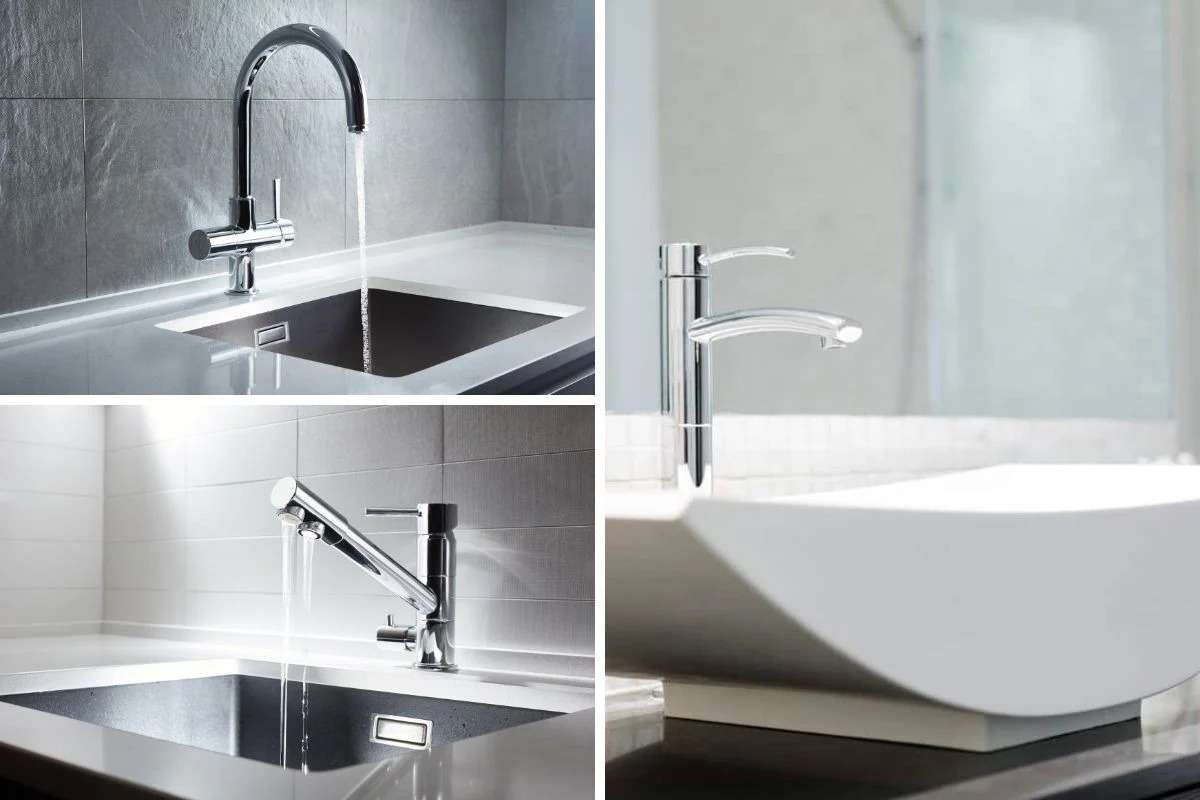
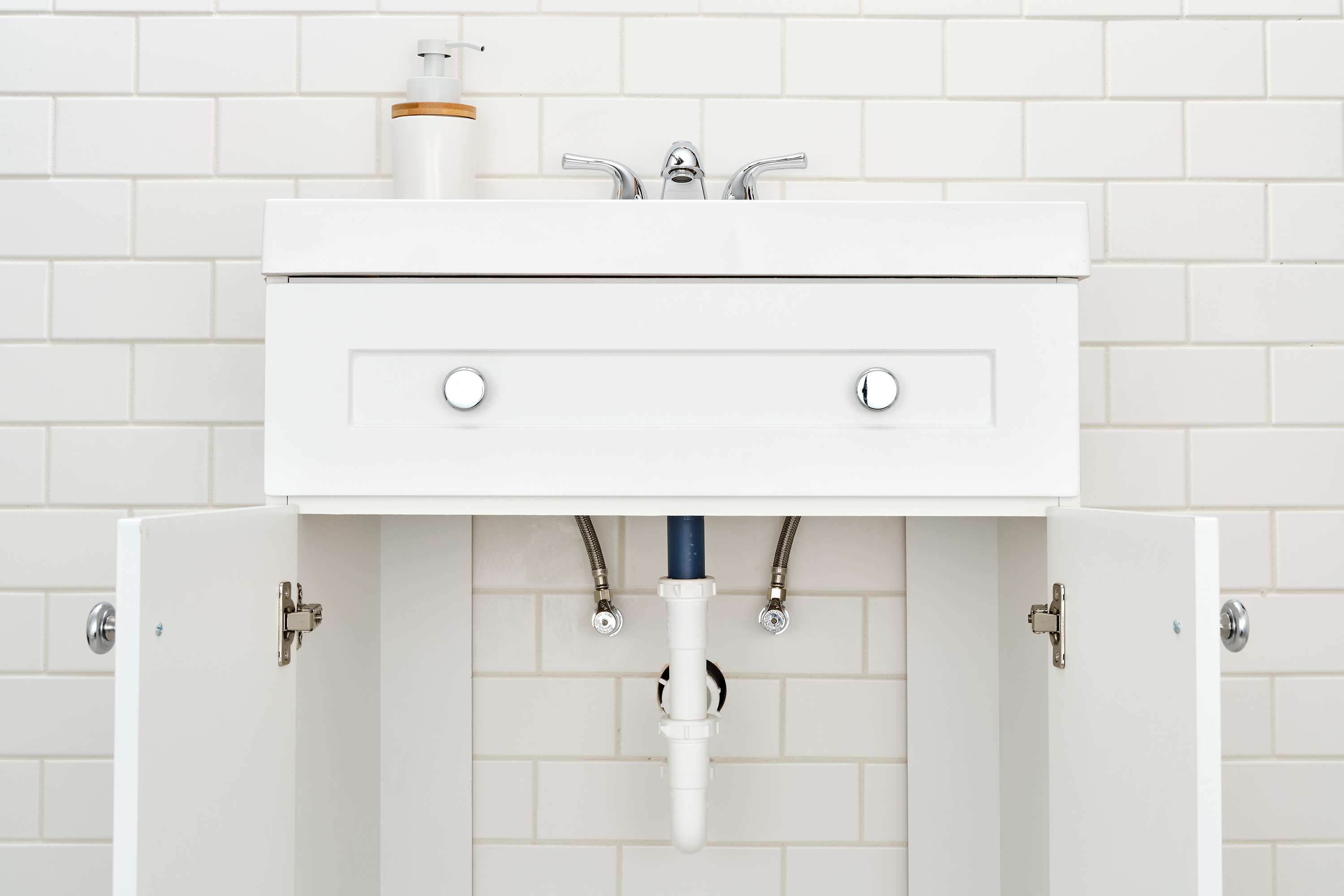
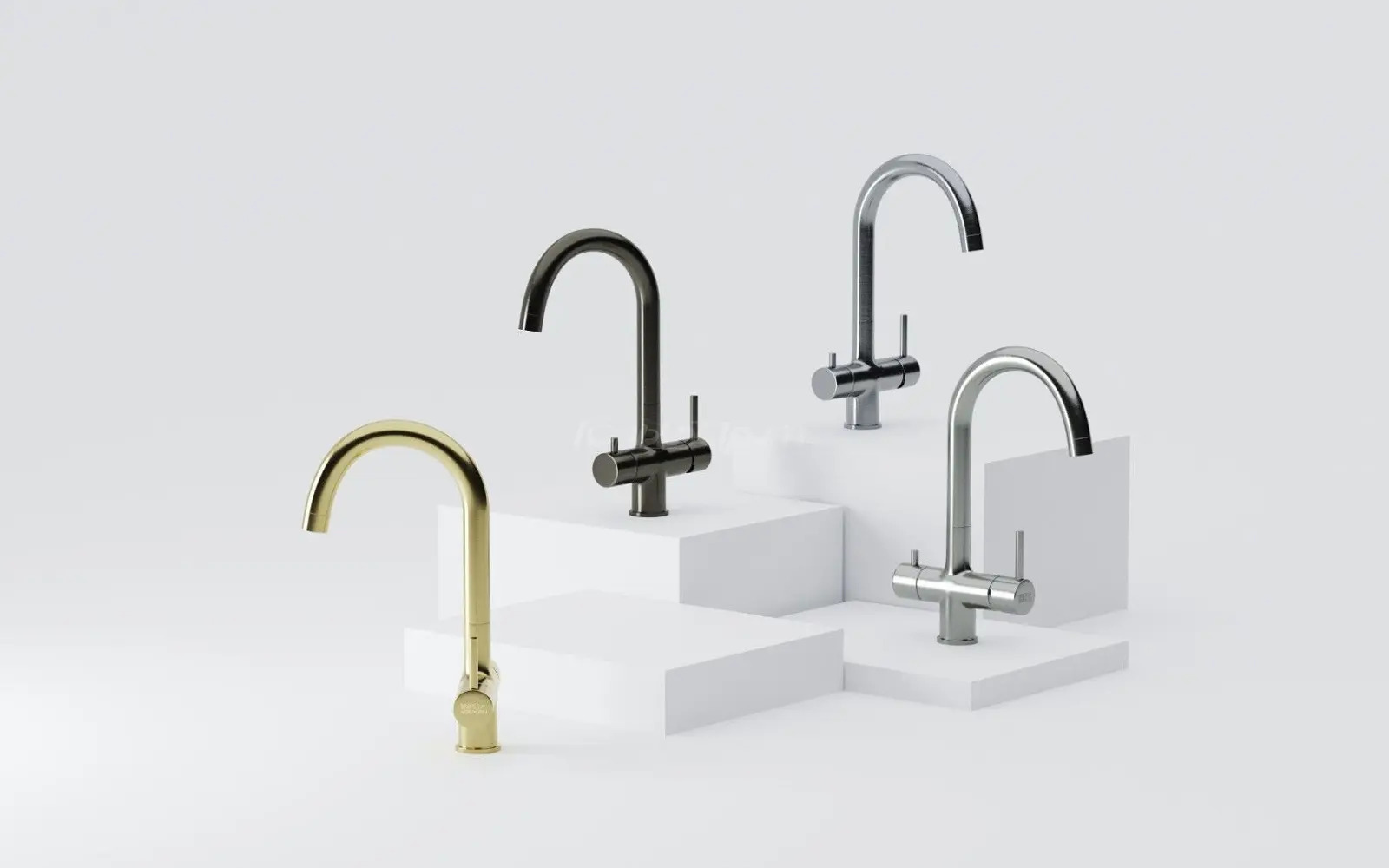
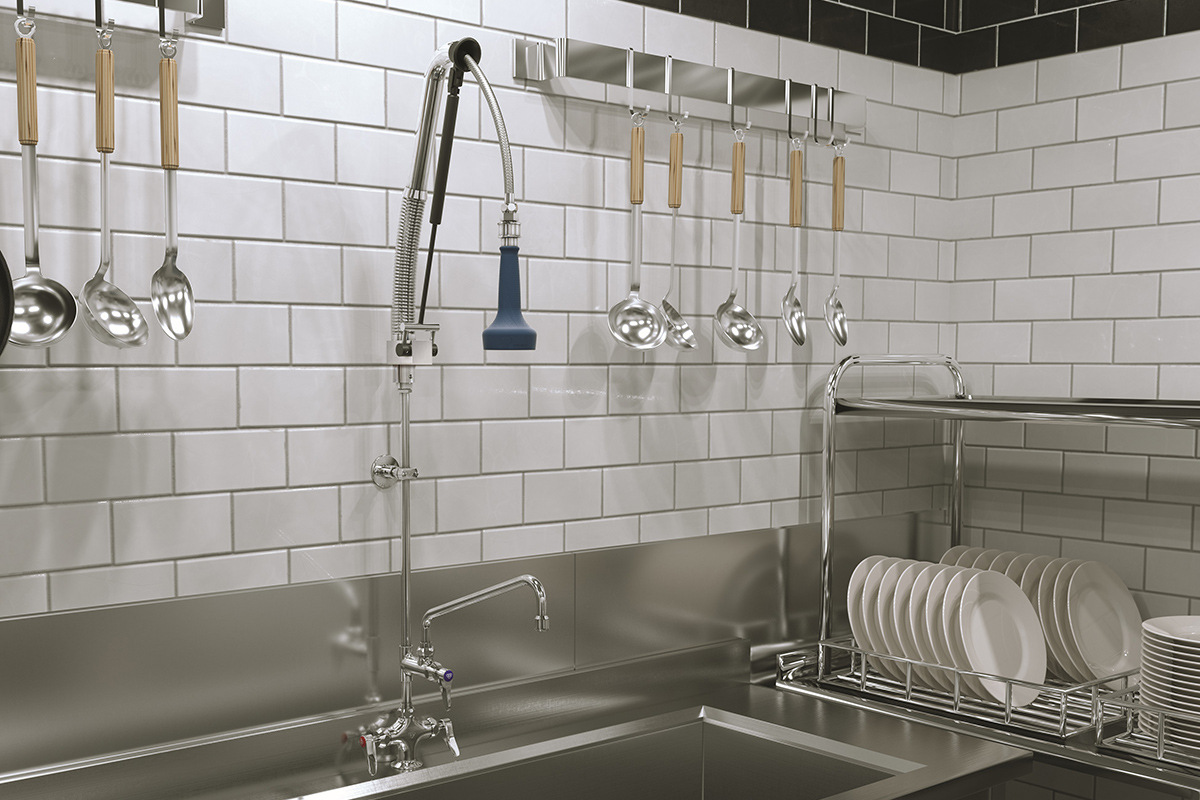
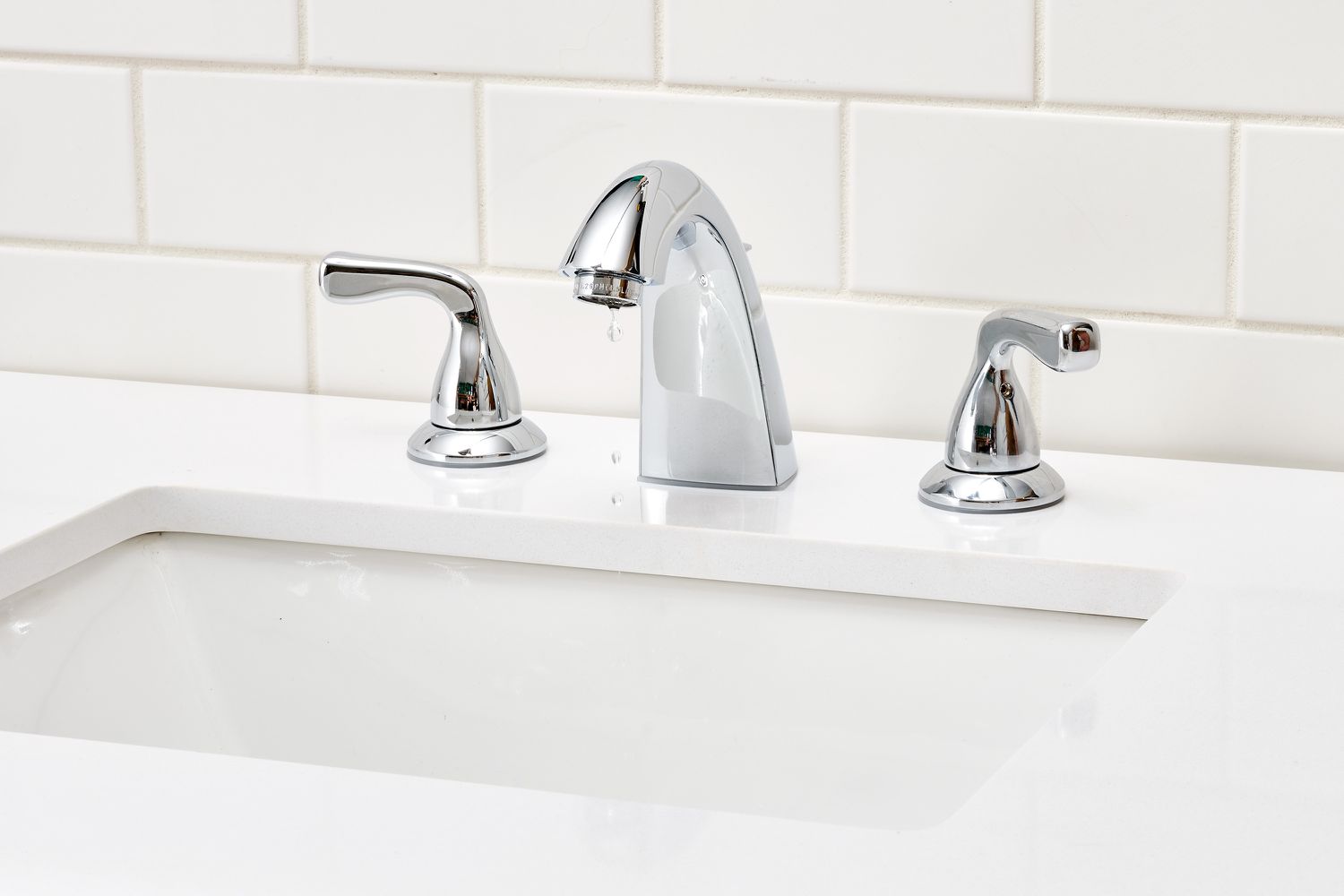
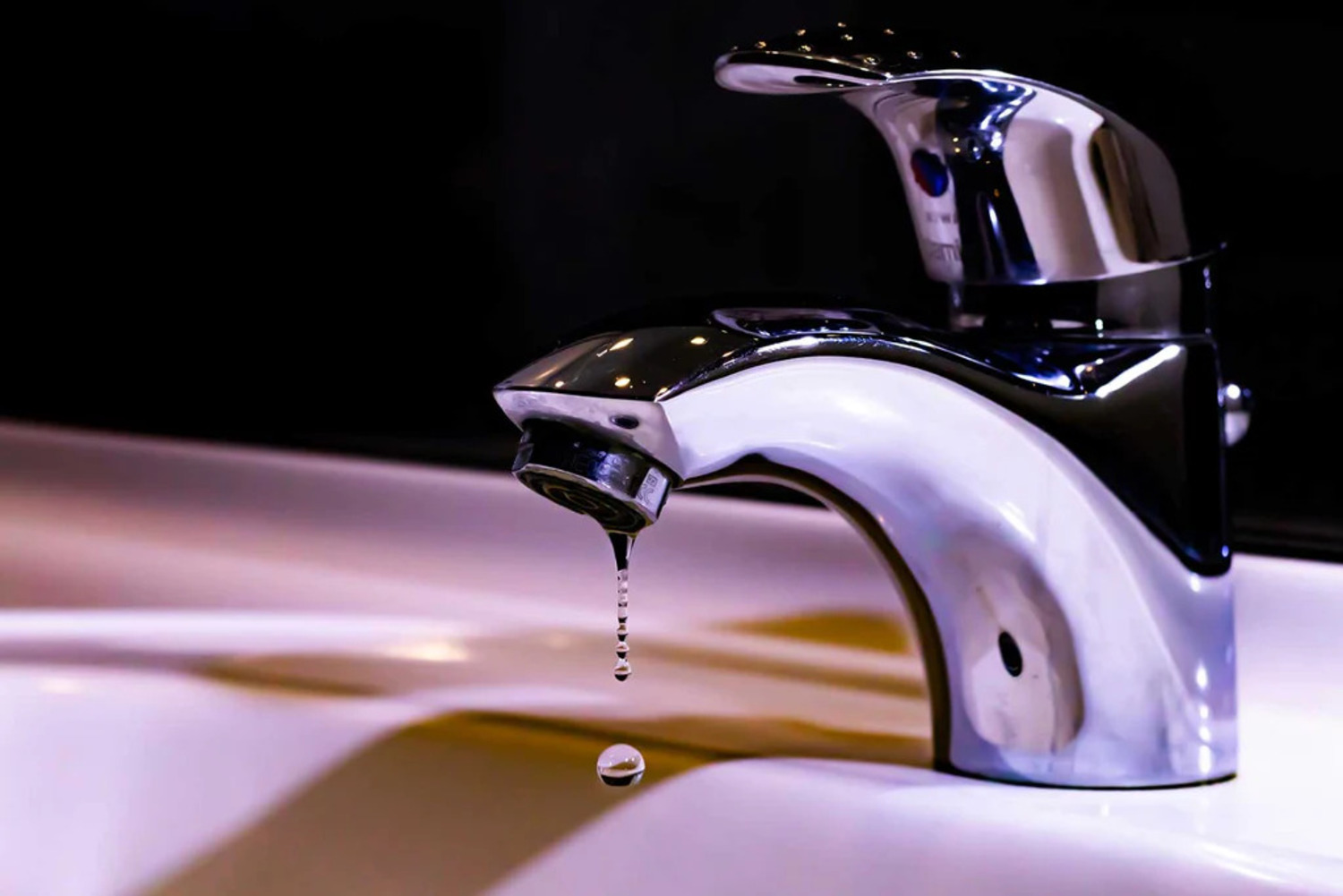
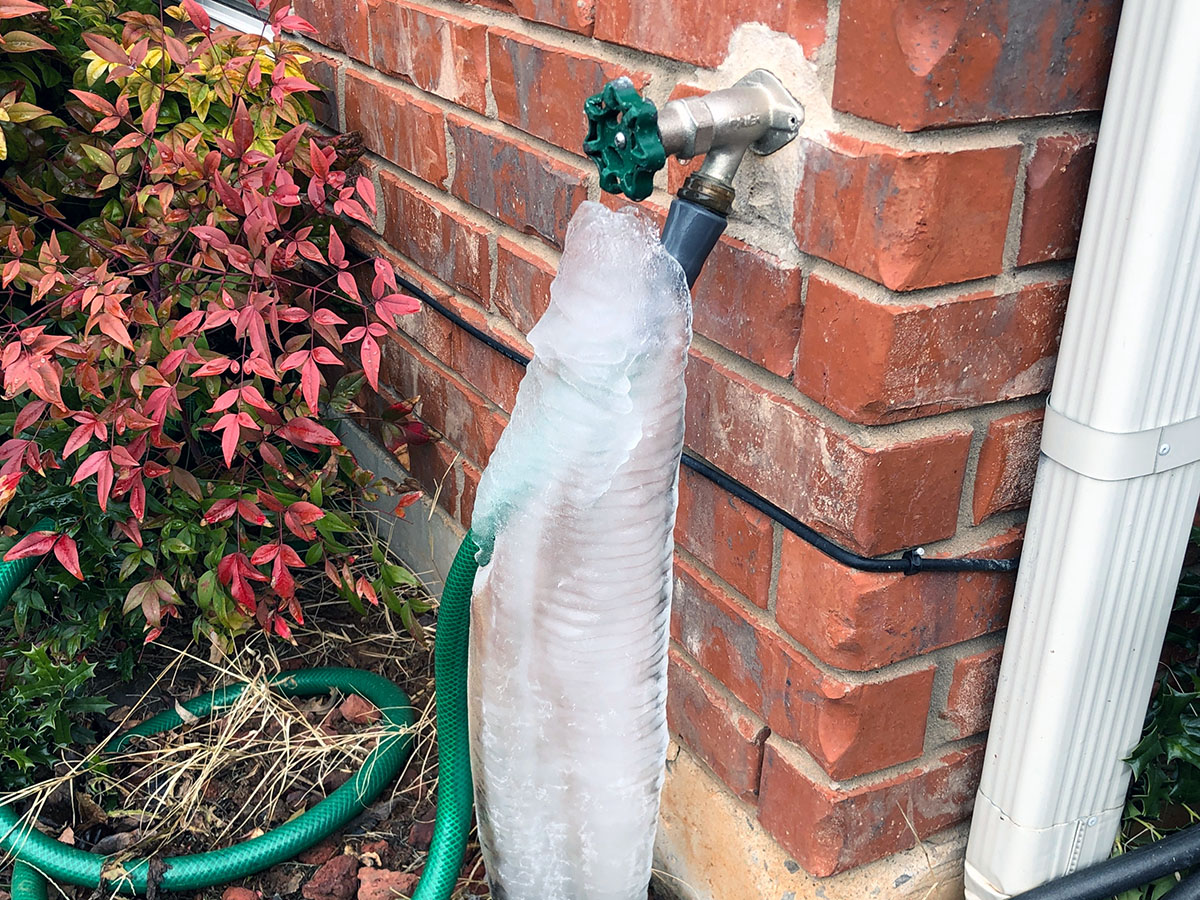
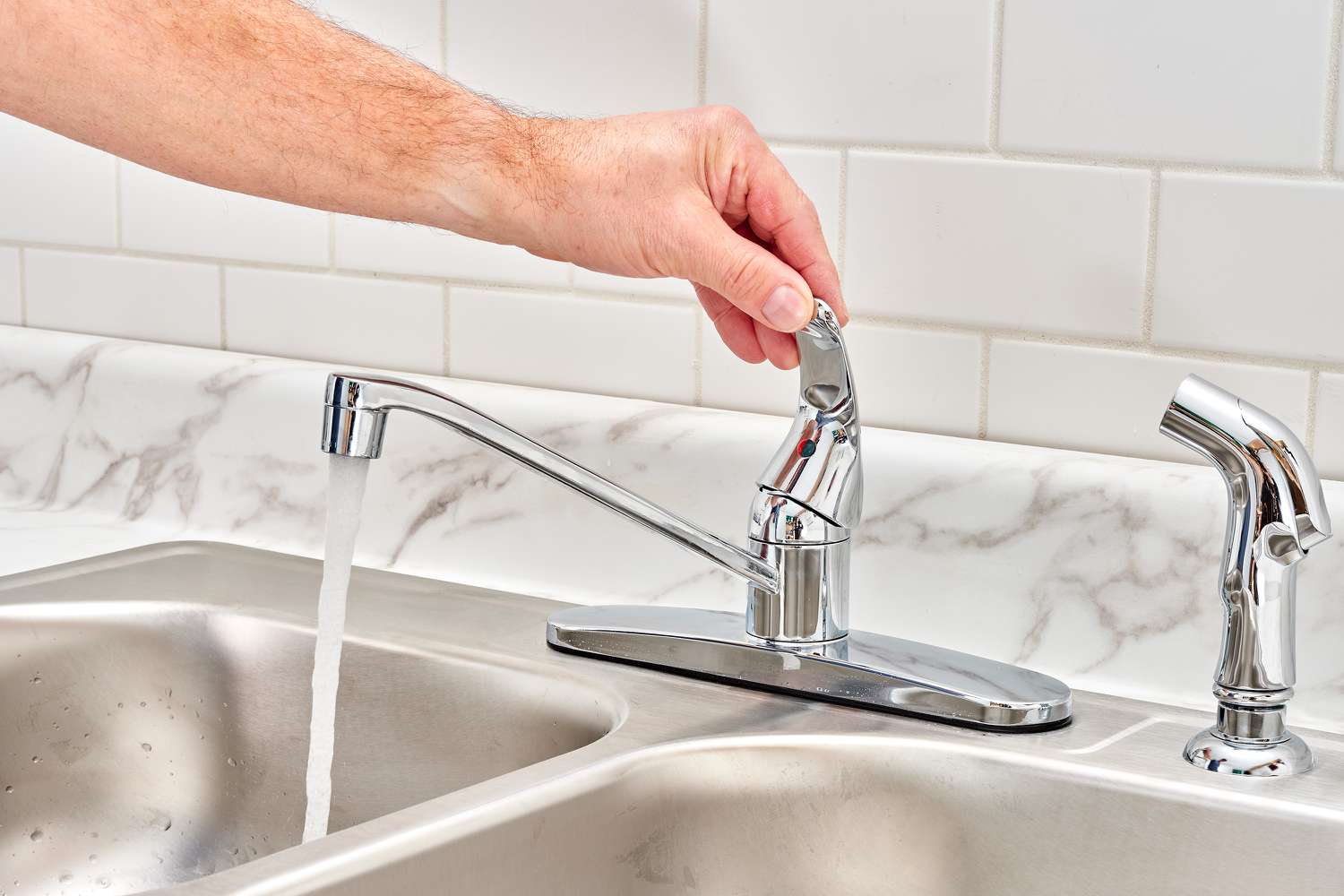
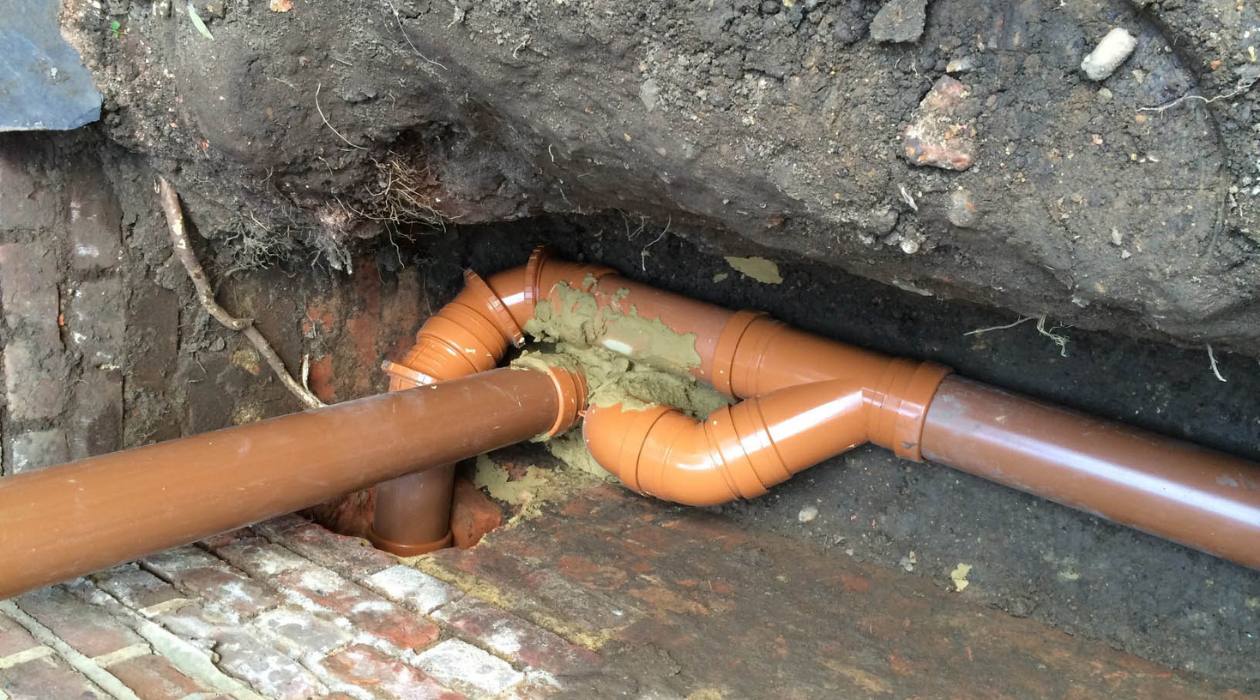
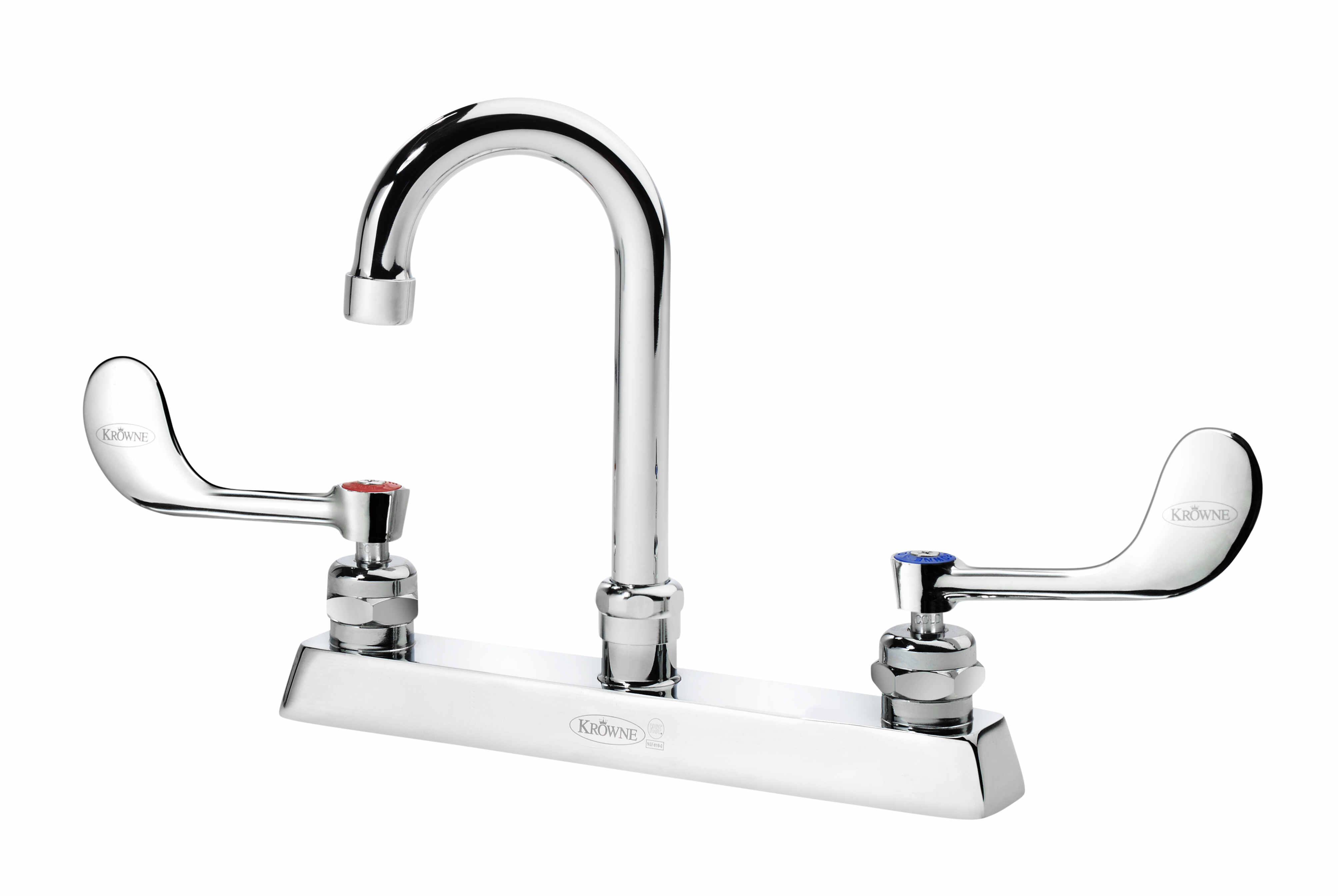

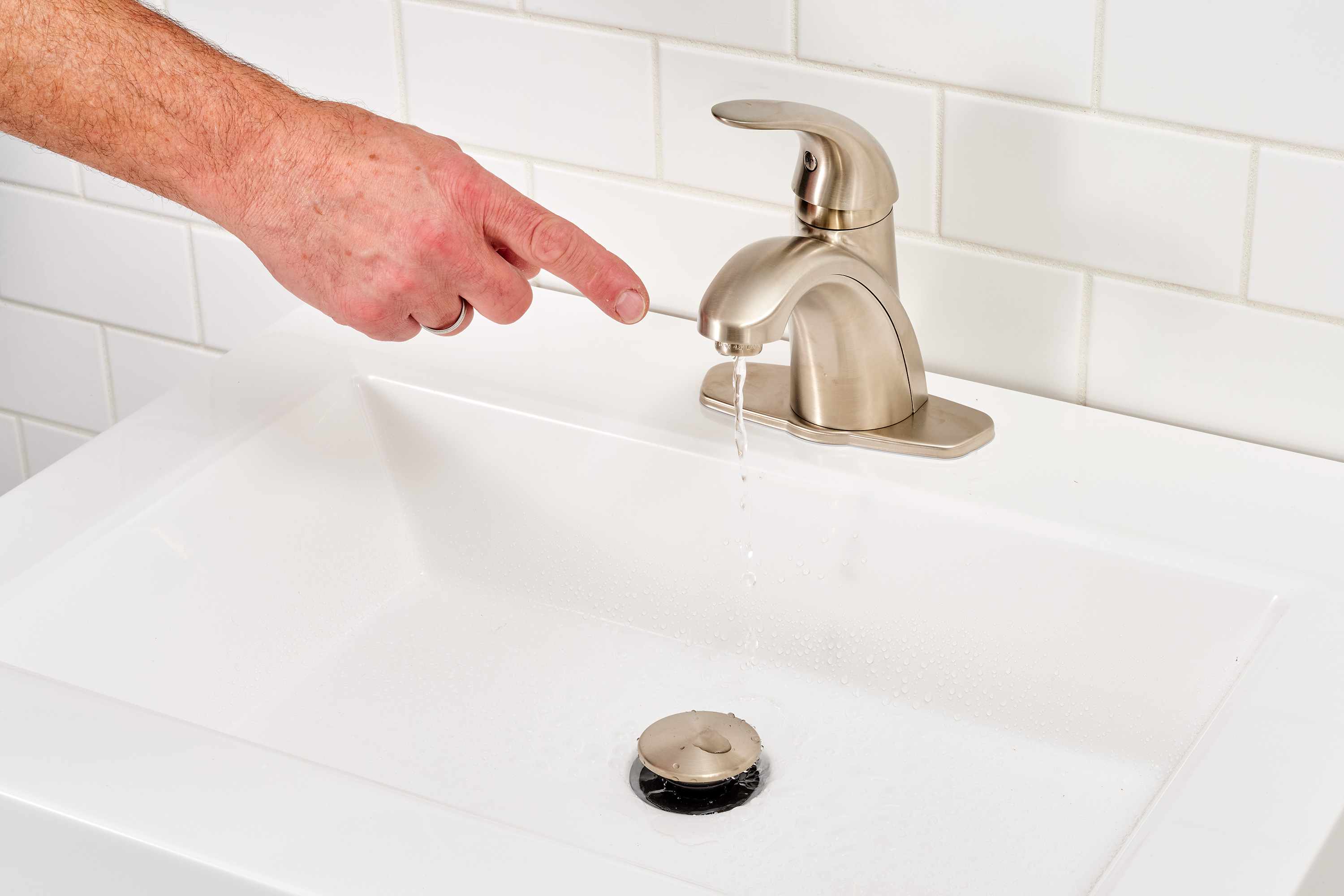
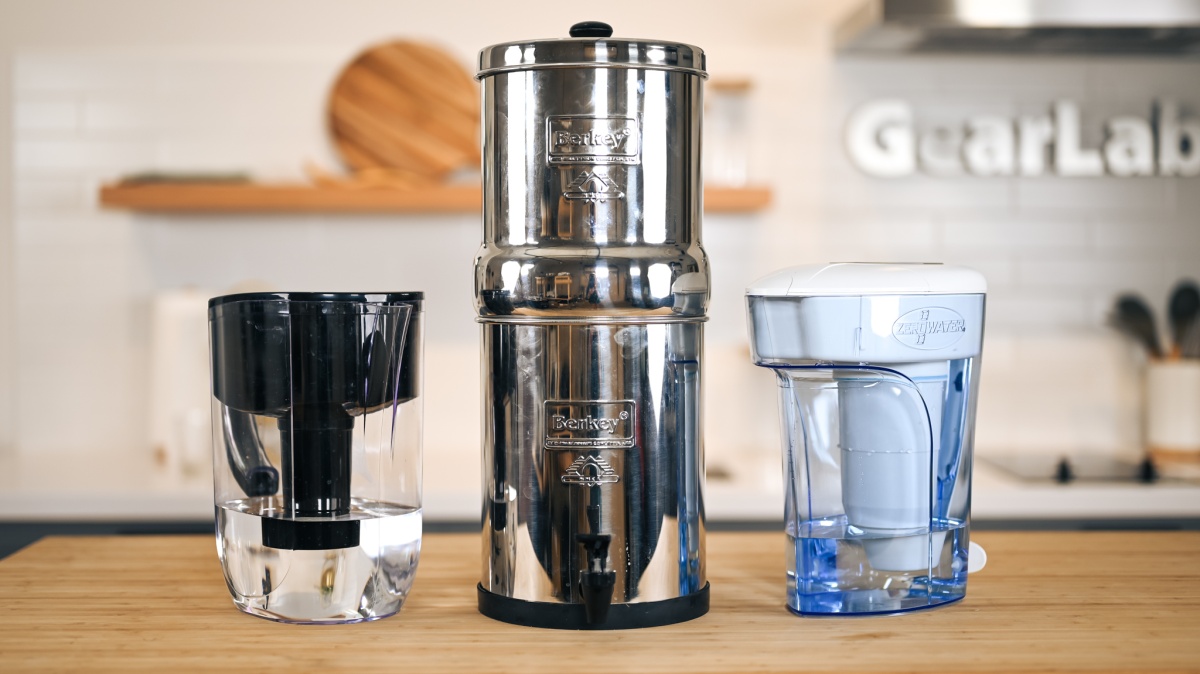
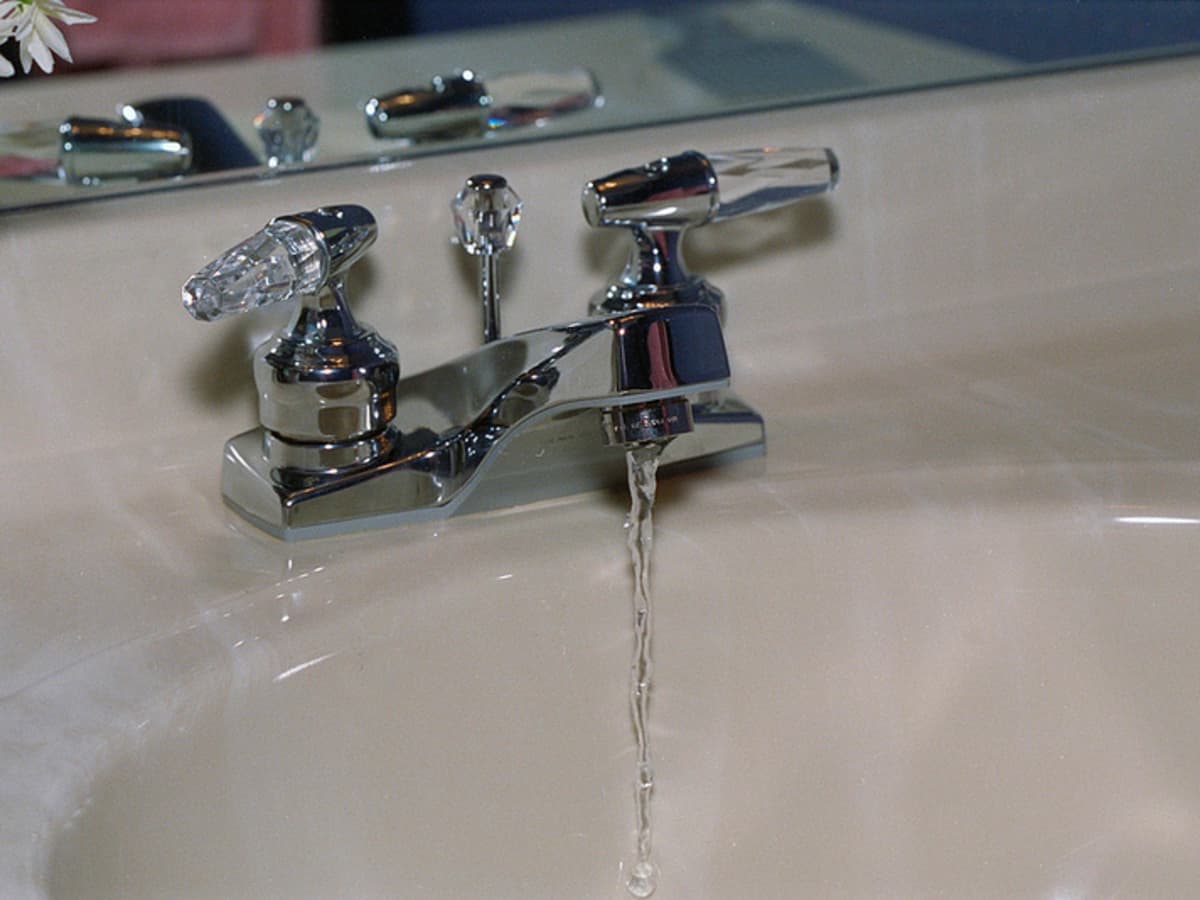

0 thoughts on “What Is A Deckplate For A Faucet”